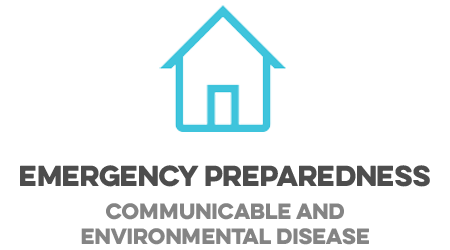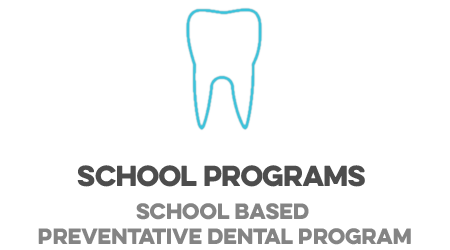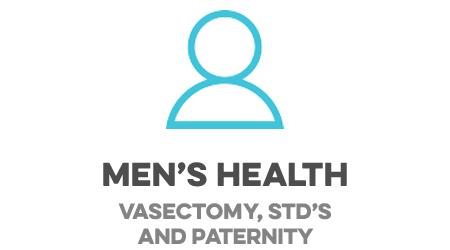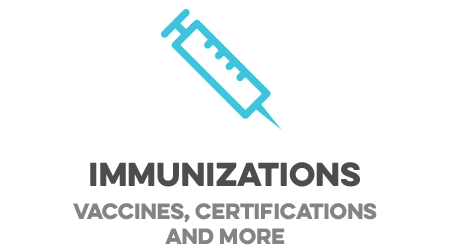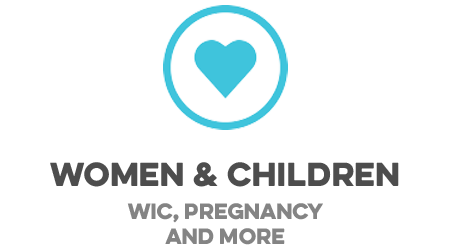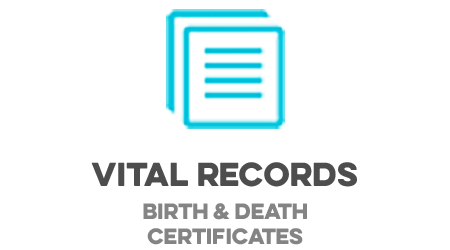Lead Poisoning Prevention
Childhood Lead Poisoning Prevention
Basic Information about Lead in Drinking Water
Healthy Schools- Drinking Water
Centers for Disease Control and Prevention- Childhood Lead Poisoning Prevention
Lead poisoning is considered to be the most serious environmental threat to children’s health.

- decreased growth
- learning problems
- impaired hearing
- behavior problems (such as hyperactivity)
- nerve and/or brain damage
Children are more susceptible to the effects of lead, because:
- children’s growing bodies absorb more lead
- children’s brains and nervous systems are more sensitive to the damaging effects of lead
- children often put their hands and other objects in their mouths
Most children do not have any symptoms even if a blood test shows that they have an elevated blood lead level. If your child does have symptoms, they may be mistaken for the flu or other illnesses. If symptoms occur, they might be:
- stomach ache and cramps
- irritability
- fatigue
- frequent vomiting
- constipation
- headache
- sleep disorders
- poor appetite


